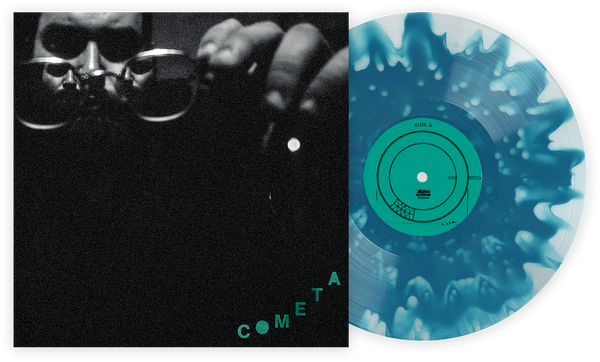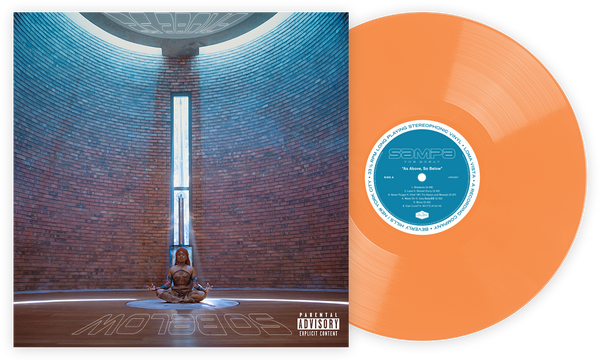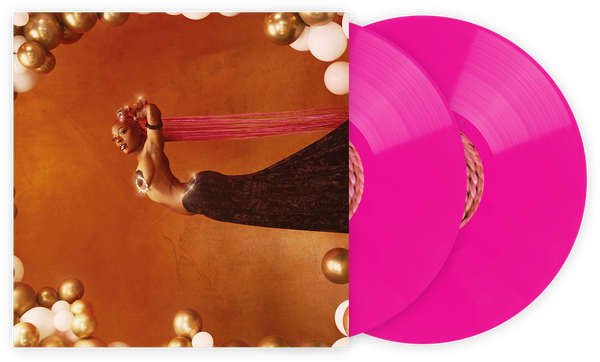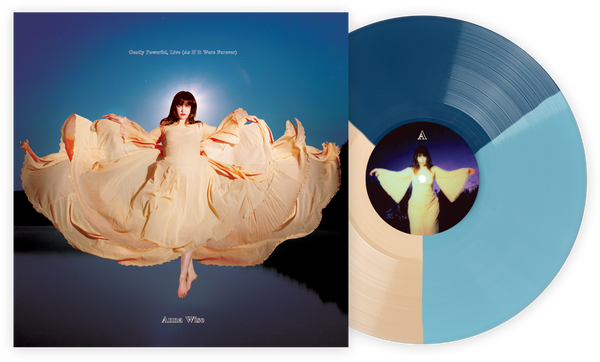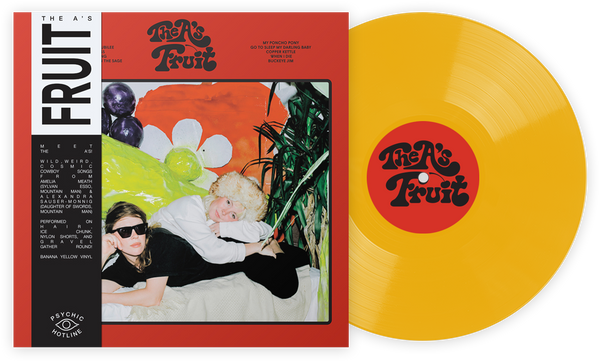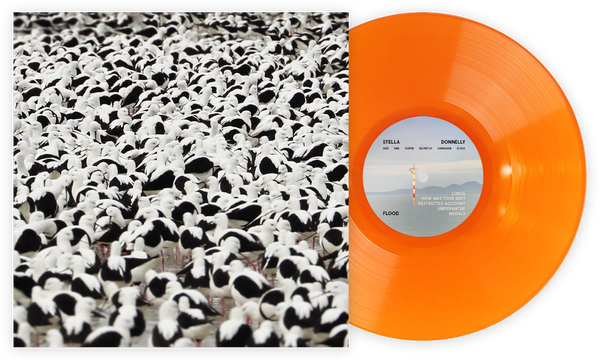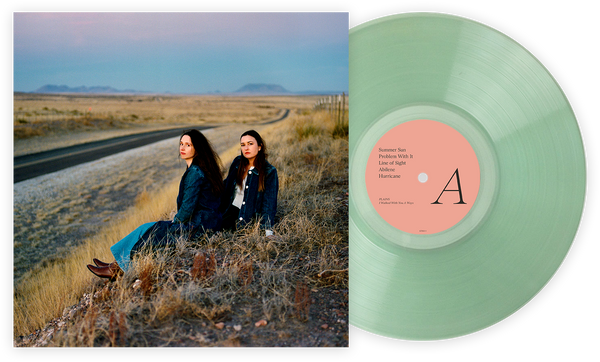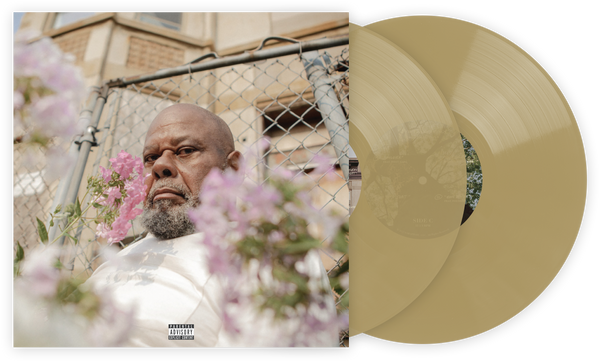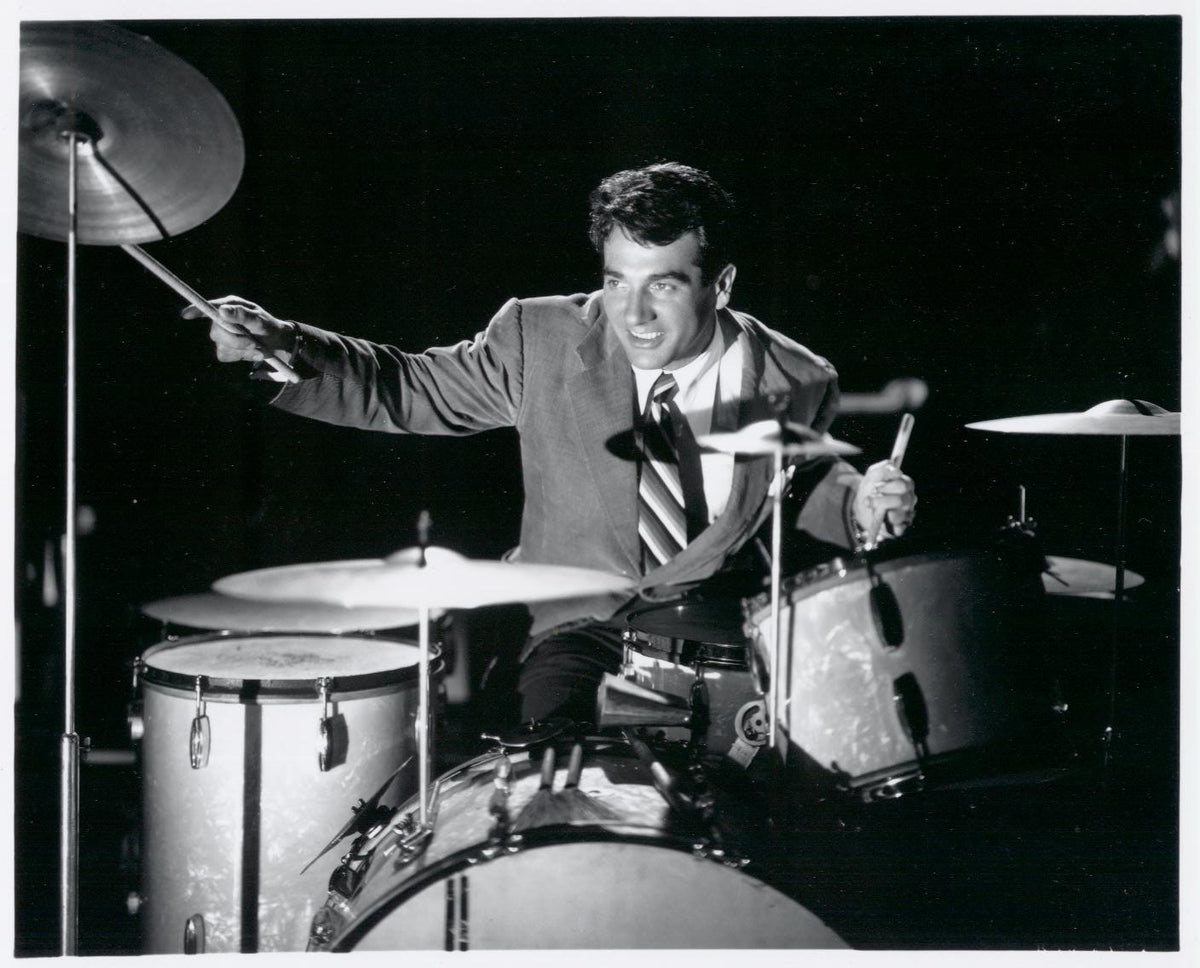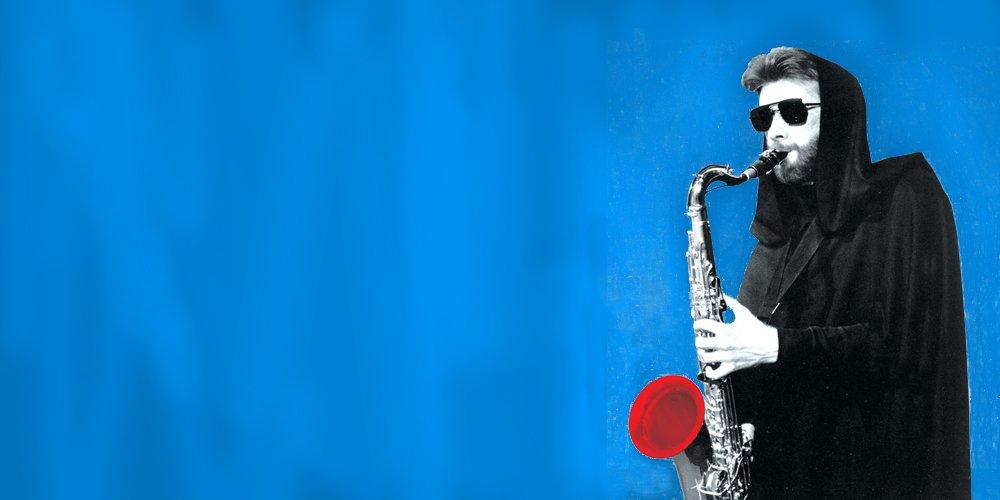What Does A 21st Century Big Band Sound Like?
The heyday of the century-old jazz big band tradition came in the 1930s and early ’40s, when the swing of Duke Ellington, Glenn Miller, and Count Basie reigned supreme. Hordes packed concert halls hoping to catch a glimpse of Cab Calloway singing “Reefer Man.” Flapper girls Lindy-hopped their asses off. After World War II, big bands faded in popularity, replaced at the forefront of jazz by the high-flying bebop of smaller ensembles. Big band music has had its moments since the ’40s — Paul Gonsalves’ solo at the 1956 Newport Jazz Festival, Sinatra at the Sands — but has never again seen anything remotely resembling the sustained popularity of the swing era.
A variety of big bands dotted the jazz landscape at the turn of the millenium: revivalists like Wynton Marsalis’ Lincoln Center Jazz Orchestra, jazz-funk outfits like Gordon Goodwin’s Big Phat Band, bands with star crooners like Michael Bublé, and composition-forward ensembles like the Maria Schneider Orchestra. More recently, a number of younger, forward-thinking big bands have emerged, offering fresh visions of how a modern big band should look, sound, function, and fit into the broader world of jazz. Get to know five ensembles that are bringing big band music into focus in the 21st century with this primer.
The Matthew Herbert Big Band
The Matthew Herbert Big Band is a big band only in the loosest sense of the term. Herbert’s new album The State Between Us constitutes a combined effort of “over a thousand musicians.” It is an ambitious statement on the ongoing firestorm that is Brexit and an attempt to make sense of Britain as geographic, political, and cultural entity. It is also significantly more abstract than the comparatively straight-ahead pair of albums Herbert put out with his big band in the late aughts; he leans heavily on field recordings and haunting vocal melodies as he stitches together ambient textures, funk-house digression, and tight, old-school big band swing across two hours.
The 8-Bit Big Band
Video game music is a sprawling genre that is ripe to be performed and re-imagined in contexts beyond the scope of actual games. And organizations are heeding the call. Last October, less than a week before the first annual Game Music Festival took place in Wroclaw, Poland, the creators of Electric Daisy Carnival announced the launch of PLAY, a video game music themed festival of their own. While mum's been the word on the PLAY front, at least one video game music institution is going strong — the 8-Bit Big Band, a latter-day jazz-pops orchestra whose 2017 album Press Start! features music from classics, like Super Mario Bros, Tetris, Yoshi’s Island, and Zelda: Ocarina of Time as well as some deeper cuts, like Katamari Damacy. Who arranged these masterpieces? The answer is 28-year-old Charlie Rosen, a Broadway veteran who, according to a new profile in the New York Times, plays 70 instruments.
Louis Cole
In the past year, Brainfeeder multi-instrumentalist Louis Cole has arranged several of his funk excursions for the big band format and recorded music videos that combine Vulfpeck’s whimsical visual aesthetic with Zack Villeire’s embrace of white nerd-dom and Snarky Puppy’s insistence on cramming a ton of musicians into a small space. You can hear Cole’s big band at work on his new album Live Sesh and Xtra Songs, but you are better off watching them on YouTube; the popular “F It Up” begins simply enough, with Cole donning mirrored, bug-eyed shades and showcasing his “Axel F”-level synth chops and building out a sturdy ’80s funk groove. The song unexpectedly explodes when he switches to drums and launches into a version of the song played by his 15-piece band that had squeezed into his downstairs living room. Cole left no nook or cranny of his house unused for the purposes of this shoot.
Miho Hazama’s m_unit
Miho Hazama’s work with her 13-piece ensemble m_unit has earned her a litany of awards and established her as one of the most distinguished young composers on the planet. The Tokyo artist moved to the United States earlier this decade to earn her master's degree at the Manhattan School of Music. Her compositions might be categorized as what Gunther Schuller called “third stream”—the blend of classical and jazz. M_unit’s unusual instrumentation places orchestral strings alongside traditional jazz horns and gives the group greater tonal flexibility. The ensemble’s third album, Dancing In Nowhere, showcases Hazama’s sidewinding, propulsive composition style.
Nick Walters and the Paradox Ensemble
British composer and trumpeter Nick Walters adopts a global scope on Awakening, his new four-song release with his 13-piece outfit the Paradox Ensemble. The opener “34268” is “inspired by an Agbadja rhythm from Togo” and uses electronic elements to add texture. Sousaphone oomphs and a street beat give “Dear Old Thing” the character of New Orleans brass music. The presence of a flute and harp harken back to the spiritual jazz of the ’60s and ’70s. The Paradox Ensemble’s accessible and eclectic music and mission to move the listener make it a fitting member of the burgeoning London jazz scene, which seeks to tear down jazz’s traditional barriers to entry.
Other contemporary big bands to check out:
Danny Schwartz is a New York-based music writer. His work has appeared in Rolling Stone, GQ, and Pitchfork.
Related Articles
Join the Club!
Join Now, Starting at $36Pages

